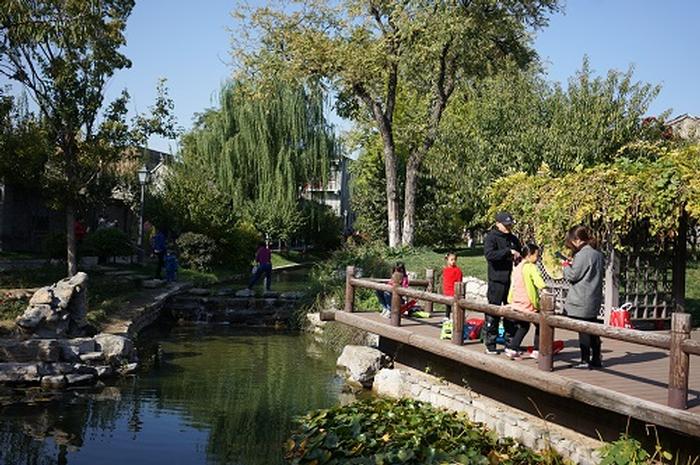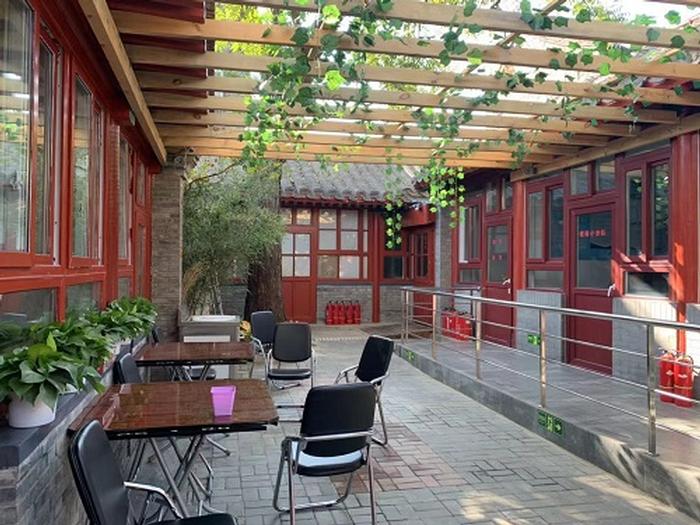Jingni Wu and Xinxing Chen - Proposal
Elder-Friendly Community Building: Civic Space Creation under the Renovation of the Hutong Area
Beijing’s Qianmen area is a populated place which consists of old Hutong, a complex of warrens and courtyards. Most of local residents now are middle-aged or elderly, with a poor living standard. Thus, problem like how to provide elder-care in Hutong area especially the spiritual care, has been raised. To create more opportunities to rebuild social communication for elders, the local government has launched several projects in this area. Among them, here are two distinctive examples we assume are relatively successful. One is “People’s Parlor”, which is set in a courtyard compound of Hutong with several households living in it, sitting in the west wing of Qianmen. Without changing the overall layout of the courtyard, it is reconstructed as a shared canteen and a small library with a greening arbor. Elder residents come to take part in activities held by the residents’ committee regularly. The other wing of Qianmen area locates the Sanli River Park. It is a long and thin linear space built along a small river, with shops and book stores scattering on both sides. People like to stroll and play games there, mostly elders, many children with their parents are also frequenters. Two public buildings are currently the most effective ways to assist community service for the aged. What makes them attractive in a country without a tradition of public communication? First, the site selection and environment is a key factor. A comfortable environment covering large vegetation, is favored by urban residents, especially the elders. These two sites are in or near neighborhoods, and have a mature traffic net with bus, subway and pedestrian streets. This also facilitates different communities to take part in the management and operation of public places. Perfect stewardship is another important reason. Chinese are quite implicit in public communication, and people won’t go to a public space to make social contacts actively unless there is someone to organize one. Last, these two sites do not need too much space, which is a blessing for a city without much land for new construction. Though they are ideal methods in a city which needs to jostle with old town renewal and provision for the aged, considering the lack of land and money, we believe a linear park is more applicable in other cities. The spatial form is one reason. A point-style building is distributed sporadically, the more it built the more it costs. Also, there is a difference of their influence range. A linear park winding through different neighborhood has more diversified groups than a fixed point-style building. Overall, the main idea of civic buildings for urban elders is to build a stage to recreate their bonds. For elders living in a dusty city, a cozy green space is a desirable social venue. The active participation of Chinese neighborhood committees is the invisible bridge. This essay is going to probe how these small but sophisticated civic designs gradually integrate into elders’ life trace, even without intended organization, residents still come for their“social hubs” there.
|


